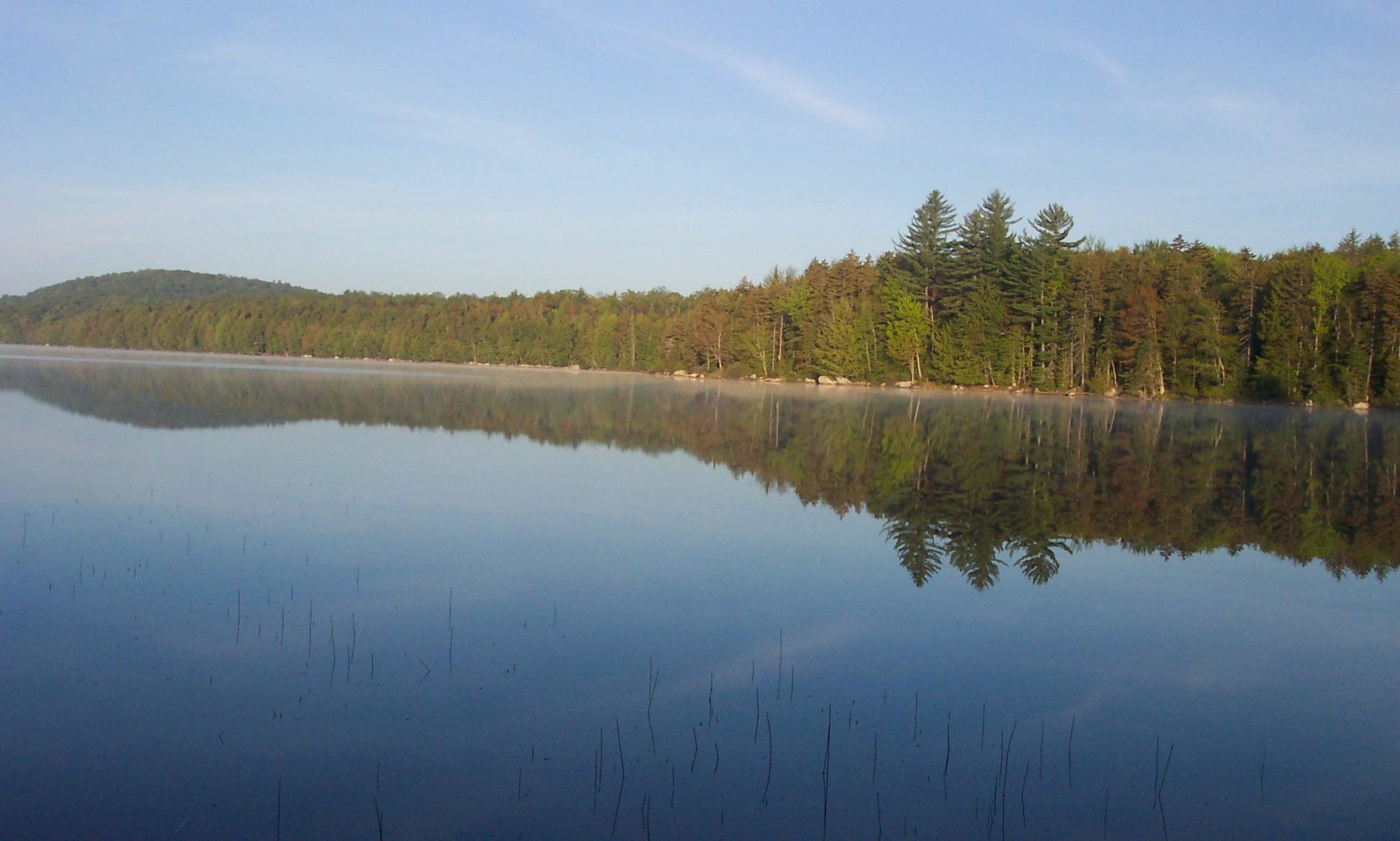 The Anam Earth Center for Sustainability and Culture was conceived as a visionary, strategic, entrepreneurial, systems-change youth, community development, and environmental organization in the mid 1990s. We received IRS determination as a 501(c)(3) tax exempt organization in April 2000. The first Board of Directors met regularly to develop research-based strategies to address the most pressing ecosocial sustainability issues and prepare young people to assume responsibility and leadership in community problem solving.
The Anam Earth Center for Sustainability and Culture was conceived as a visionary, strategic, entrepreneurial, systems-change youth, community development, and environmental organization in the mid 1990s. We received IRS determination as a 501(c)(3) tax exempt organization in April 2000. The first Board of Directors met regularly to develop research-based strategies to address the most pressing ecosocial sustainability issues and prepare young people to assume responsibility and leadership in community problem solving.
In the summer of 2002, we received major funding to create a new rural youth conservation corps program to conduct ecological restoration on forests and watersheds damaged by the Rodeo-Chediski wildfire, a national disaster that impacted northeastern Arizona. Western wildfire disasters are worsened by climate change. We created the White Mountain Youth Corps to train and employ rural tribal and non-tribal youth from the Fort Apache Indian Reservation and the greater White Mountains region around Show Low, Arizona. We transitioned the White Mountain Youth Corps to an independent organization to create more opportunities for young people and to better respond to ecological conservation needs of the regions.
In 2003, the Anam Earth Center for Sustainability and Culture relocated operations to the Finger Lakes-Great Lakes ecoregion in Central New York near Syracuse to address the sustainability needs of urban-rural interface communities and ecosystems of the Northeast.
In New York, the Anam Earth Center for Sustainability and Culture began working with local community and faith-based organizations on pressing environmental justice issues. We helped develop strategies and models for mobilizing and engaging youth and young adults in environmental, environmental justice and sustainability issues from their cultural and faith perspectives as part of regional and global Care for Creation movements.
In 2006, the Anam Earth Center for Sustainability and Culture expanded to Albany County, New York, and new operations were set up in rural Clarksville, southwest of Albany, just north of Lawson Lake County Park and west of the Bennett Hill Nature Preserve. A new field office and learning center were set up at Glendara Homestead.
New initiatives were developed in partnership with Siena College just north of Albany. In 2007, with the allocation of a Siena VISTA fellow, the Anam Earth Center developed the Urban Environmental Health and Justice initiative to study environmental justice issues in the Kromma Kill watershed along the Hudson River.
The Anam Earth Center for Sustainability and Culture created the Anam Circle in 2008 as an intergenerational think tank (or “think and do tank”) to bring together college students and graduate students as junior analysts with scholar mentors working as fellows. Anam Circle fellows and analysts provide thought leadership on local rural and urban sustainability and resilience issues by providing integrated policy analysis based on cutting edge social-ecological systems tools and approaches.
In 2008, the Anam Earth Center for Sustainability and Culture developed a new pilot project for middle school and high school youth called 4H Earth Clubs. In collaboration with public schools and Cornell Cooperative Extension of Albany County, we established a small network of after-school 4-H Earth Clubs to explore sustainability issues. In 4-H Earth Clubs, college students mentor youth to identify local watershed-based environmental sustainability problems, plan solutions, advocate for resources, and then implement ecological restoration projects. Youth played the first trail editions of the EarthQuest game. The initiative was expanded in 2012 with funding from the New York State Department of Environmental Conservation’s Hudson River Estuary Program.
In 2008, the Anam Earth Center for Sustainability and Culture expanded operations by developing an Eco Mamas and Papas program to work with urban young parents and their pre-school children to learn about sustainable living and environmental health issues. Eco Mamas and Papas was transformed into a new program for toddlers and young children and their young adult parents. The program is called Síolta (Irish for “seeds”). Parents and children gather to celebrate seasonal cultural festivals and traditions, and participate in weekly nature-centered cultural activities and food preparation as a way of moving toward sustainable simple living.
The Anam Earth Center for Sustainability and Culture partnered with the Onesquethaw-Coeymans Watershed Council to restore and protect the Onesquethaw-Coeymans watershed, and to mobilize watershed communities to move toward sustainability. We have been actively engaged in community-based networking, local environmental governance work, local sustainable economies work, and in developing community-based ecosystem management models and tools. Much of our applied work on sustainability education is focused on applied sustainable living models developed at Glendara Homestead.
In the summer of 2016, the Anam Earth Center for Sustainability and Culture completed its new draft of the EarthQuest game. Originally developed in 1999 as an environmental and climate change game for informal clubs of youth and young adults, EarthQuest has been play-tested with young people and revised several times over the past several years. EarthQuest is a hybrid table-top scenario and simulation game for engaging teams of youth and young adults in game-based learning about climate change, their local environment and civics. The game integrates storytelling with group role-playing and electronic multimedia for social learning and collaborative problem-solving. We are currently beta-testing EarthQuest, and are seeking funding to complete the final development of the game materials, including a mobile device app, and to begin national and then global distribution.

